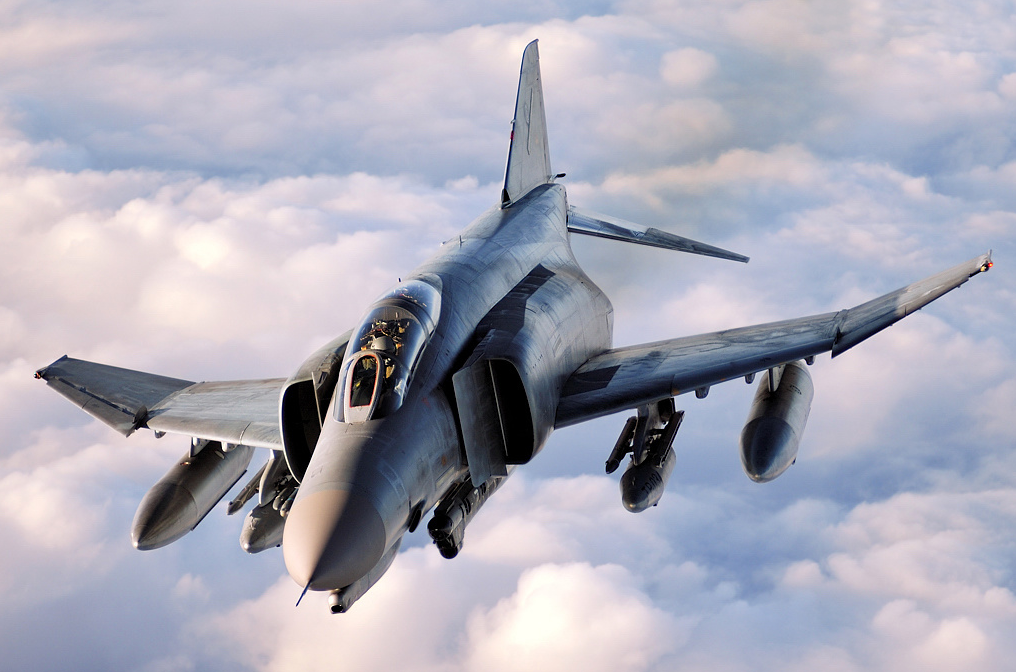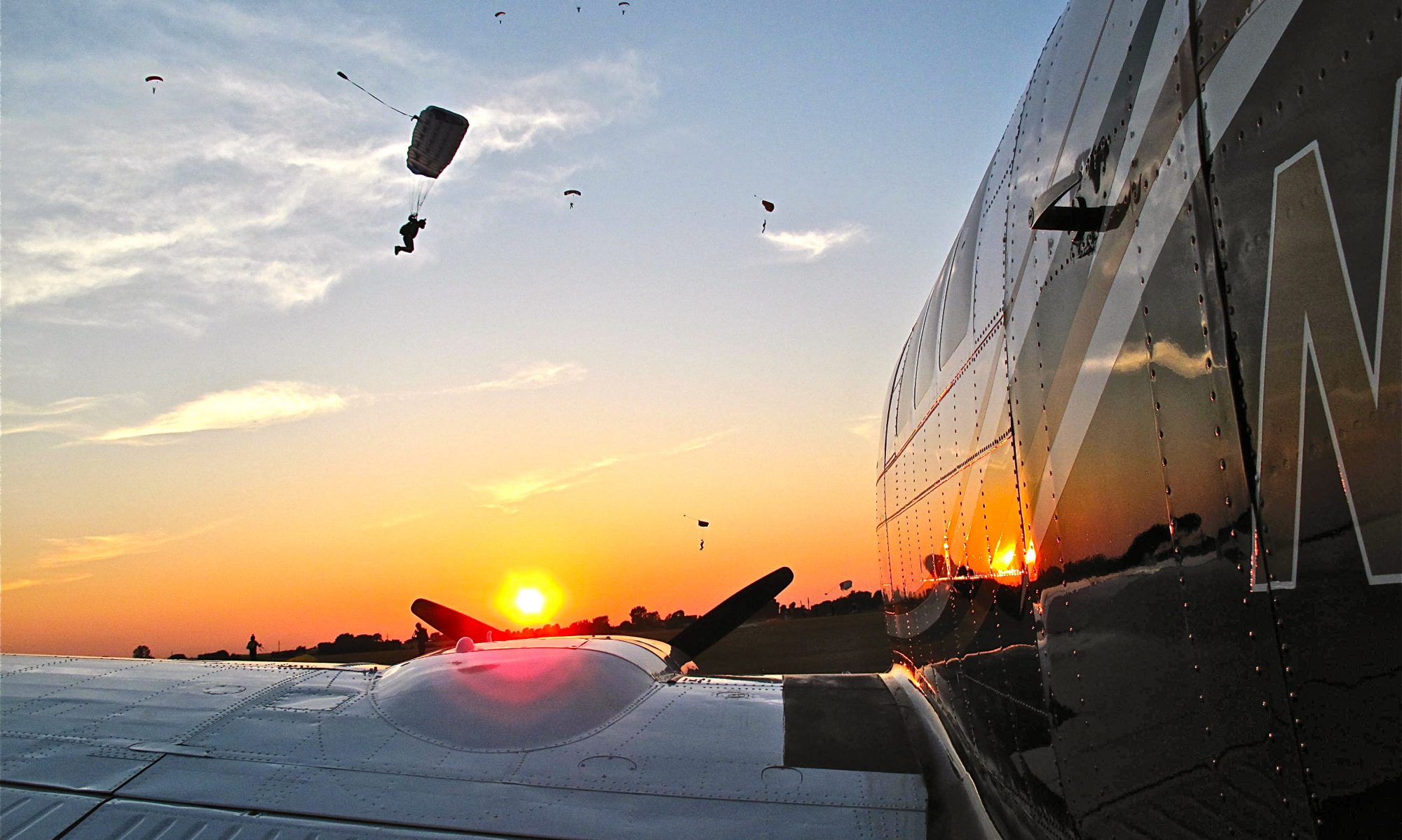Buzz Job
There are buzz jobs, and there are buzz jobs. And then there are BUZZ JOBS!

Pick Your Nose Art

Big Deal
Belgium has Van Damme? Big deal, we’ve got CHUCK! Merry Christmas!
Plane Porn

Gotta love the Phantom.
Pilots Plan Tomorrow’s A-10
Short on cash and determined to prioritize new stealth warplanes, the U.S. Air Force is busily trying to rid itself of all 350 of its slow- and low-flying A-10 Warthog attack planes—this despite the heavily-armed twin-engine jet’s impressive combat record stretching back to the 1991 Gulf War.
But the flying branch still needs to support American troops on the ground—the Warthog’s raison d’etre. With that in mind, around 20 highly experienced A-10 pilots and engineers are working on unofficial specifications for a successor to the Warthog…
Read on:
What Were You Doing There Mavrick?

By David Cenciotti
Earlier this year, Pentagon Press Secretary George Little, said that an IRIAF (Islamic Republic of Iran Air Force) F-4 Phantom combat plane attempted to intercept a U.S. MQ-1 drone flying in international airspace off Iran.
As we reported back then, one of the two F-4 Phantom jets came to about 16 miles from the UAV but broke off pursuit after they were broadcast a warning message by two American planes escorting the Predator.
The episode happened in March 2013, few months after a two Sukhoi Su-25 attack planes operated by the Pasdaran (informal name of the IRGC – the Army of the Guardians of the Islamic Revolution) attempted to shoot down an American MQ-1 flying a routine surveillance flight in international airspace some 16 miles off Iran, the interception of the unmanned aircraft failed. After this attempted interception the Pentagon decided to escort the drones involved in ISR (intelligence surveillance reconnaissance) missions with fighter jets (either F-18 Hornets with the CVW 9 embarked on the USS John C. Stennis whose Carrier Strike Group is currently in the U.S. 5th Fleet area of responsibility or F-22 Raptors like those deployed to Al Dhafra in the UAE.
New details about the episode were recently disclosed by Chief of Staff Gen. Mark Welsh who on Sept. 17 not only confirmed that the fighter jets providing HVAAE (High Value Air Asset Escort) were F-22 stealth fighters but also said that:
“He [the Raptor pilot] flew under their aircraft [the F-4s] to check out their weapons load without them knowing that he was there, and then pulled up on their left wing and then called them and said ‘you really ought to go home’”
Anyway the U.S. pilot achieved to scare the Iranian pilots off and save the drone. A happy ending worthy of an action movie.
▶ DubFighter
Play it loud!
H/T Jeff.
Pick Your Nose Art

I Double Dog Dare You!


 The AT-6 Texan was used as a trainer during and after World War II. In 1943 to counteract joking by Allied pilots at an instrument flying school that the trainer was “frail,” Col. Joseph Duckworth flew into a Category I hurricane to prove its worth.
The AT-6 Texan was used as a trainer during and after World War II. In 1943 to counteract joking by Allied pilots at an instrument flying school that the trainer was “frail,” Col. Joseph Duckworth flew into a Category I hurricane to prove its worth.